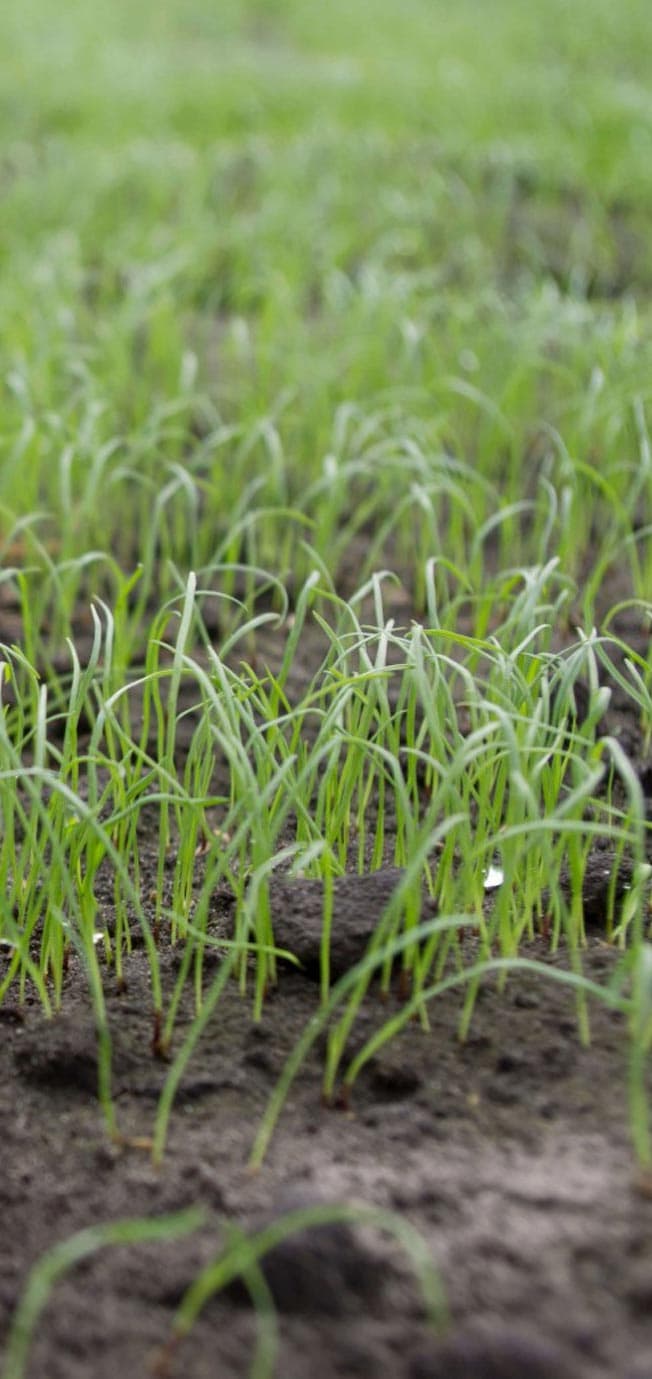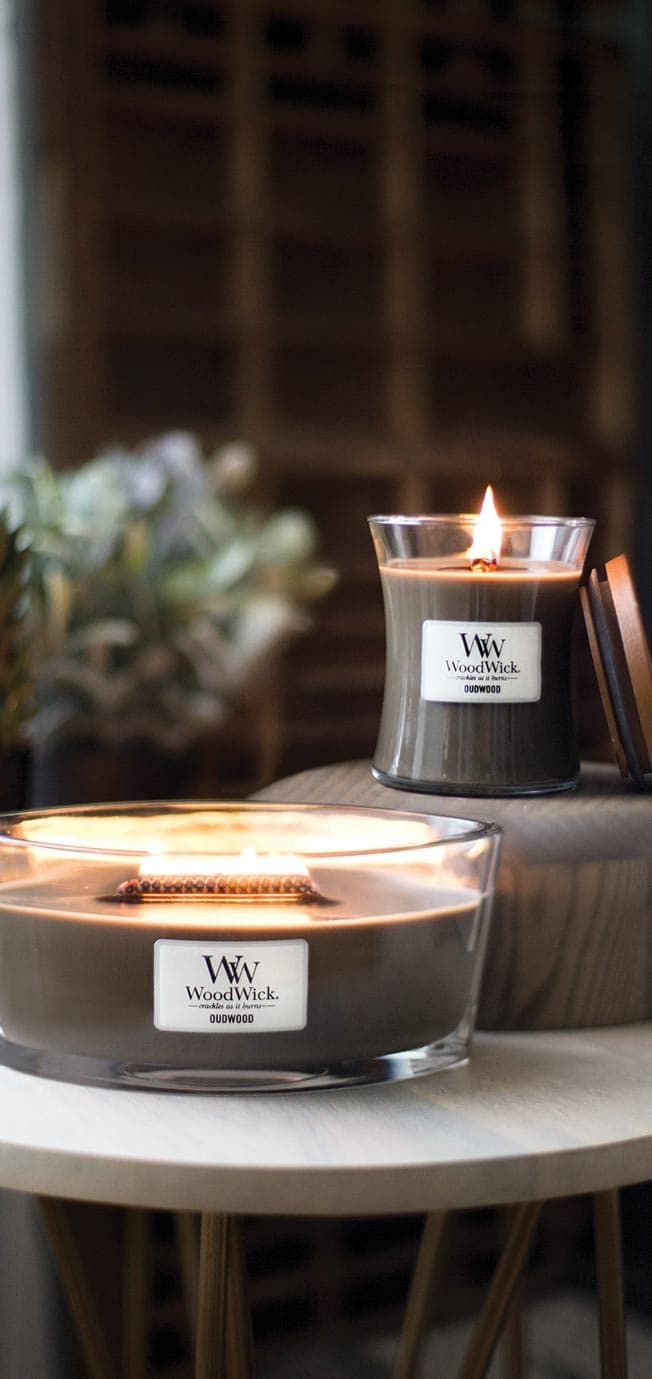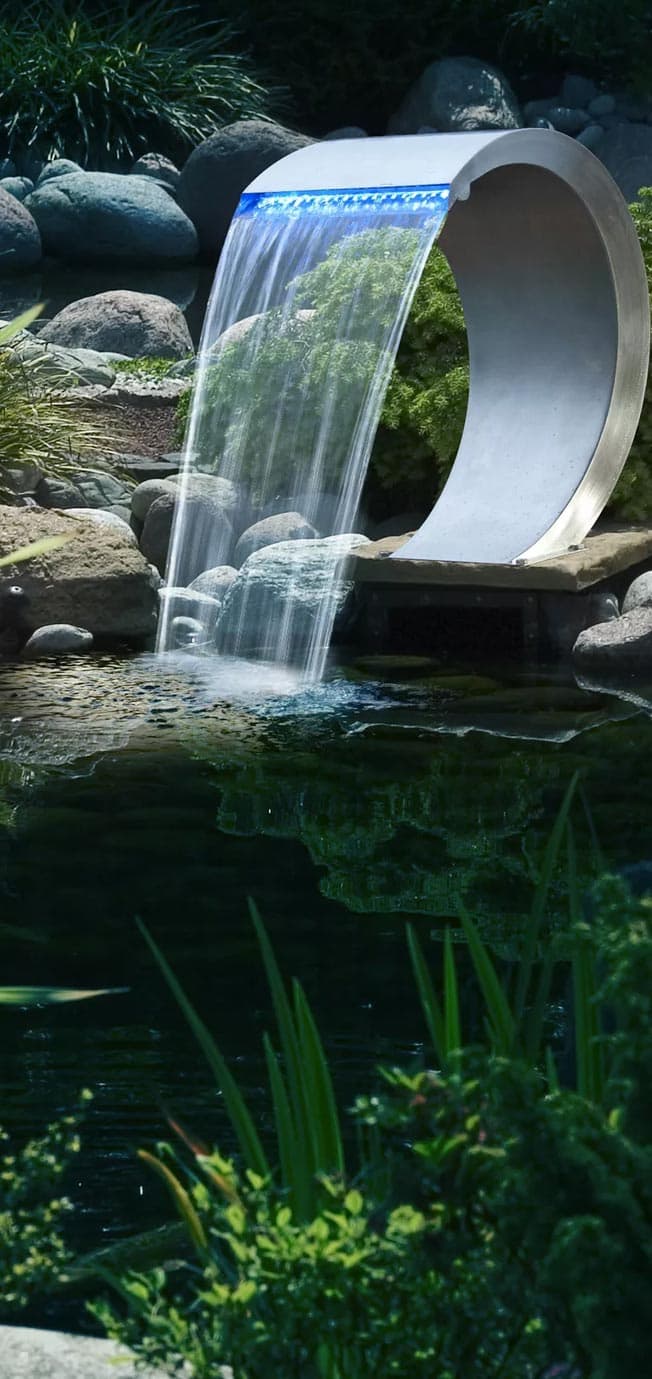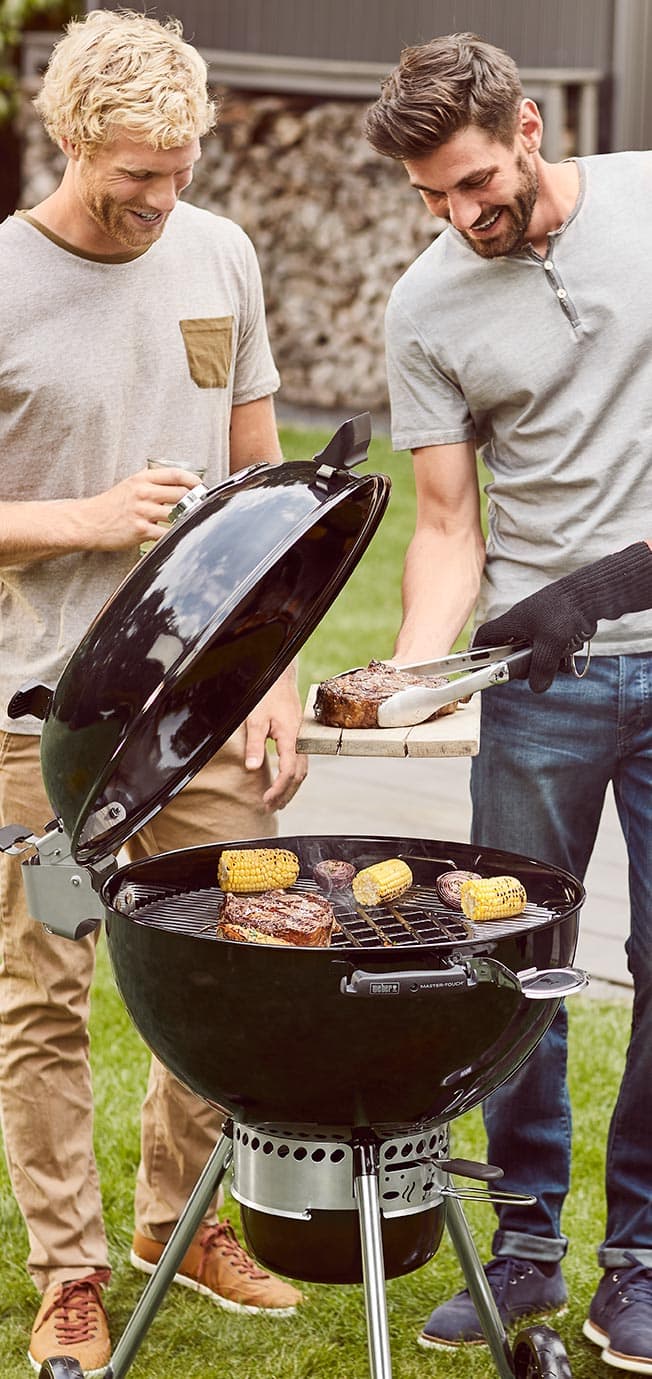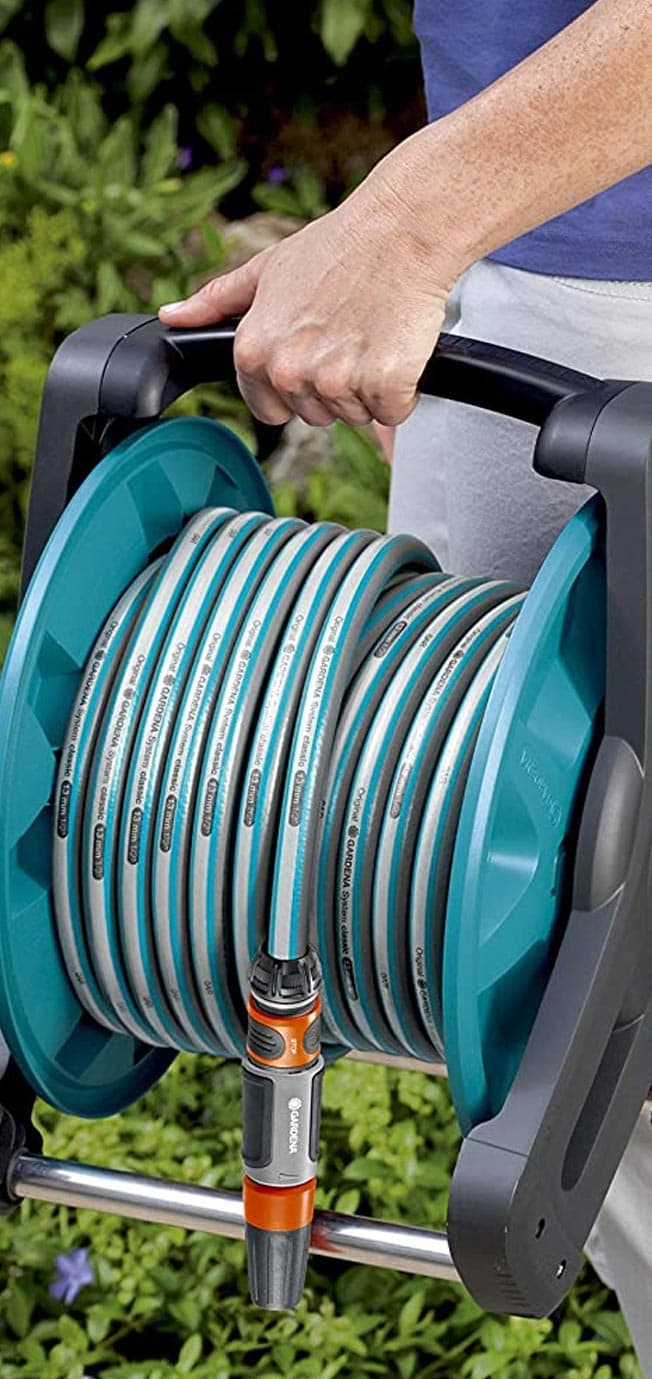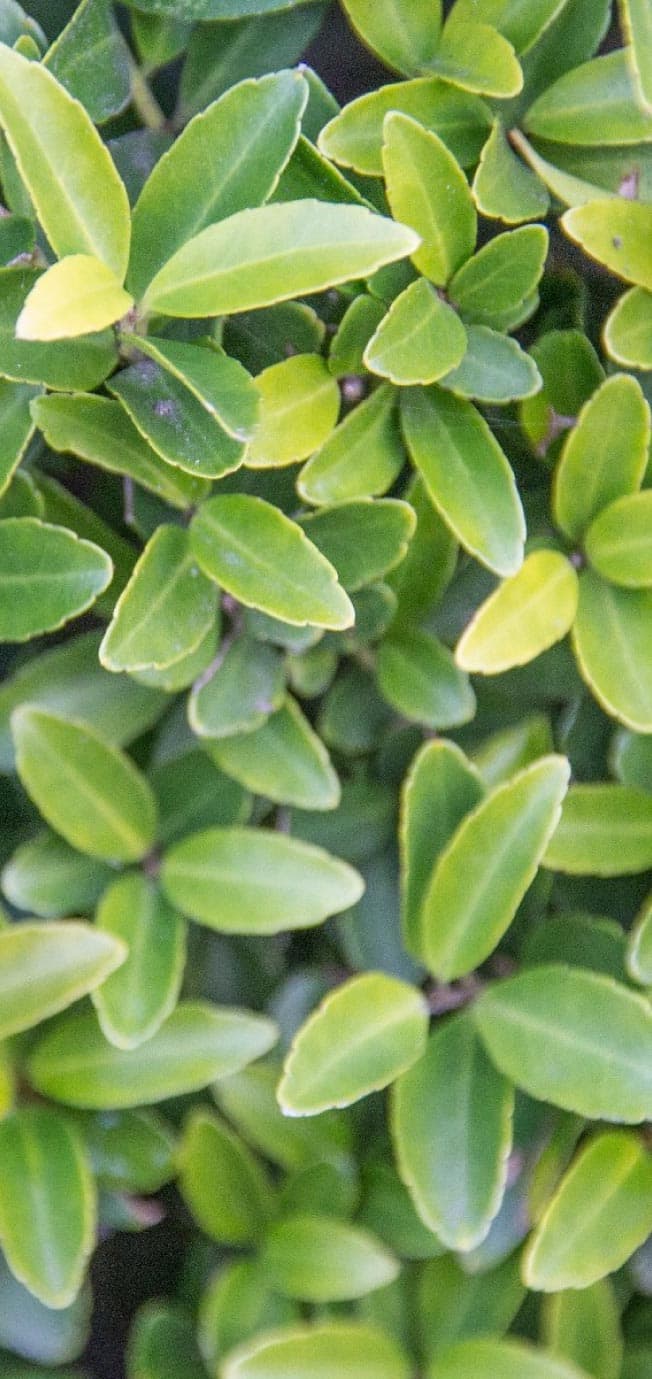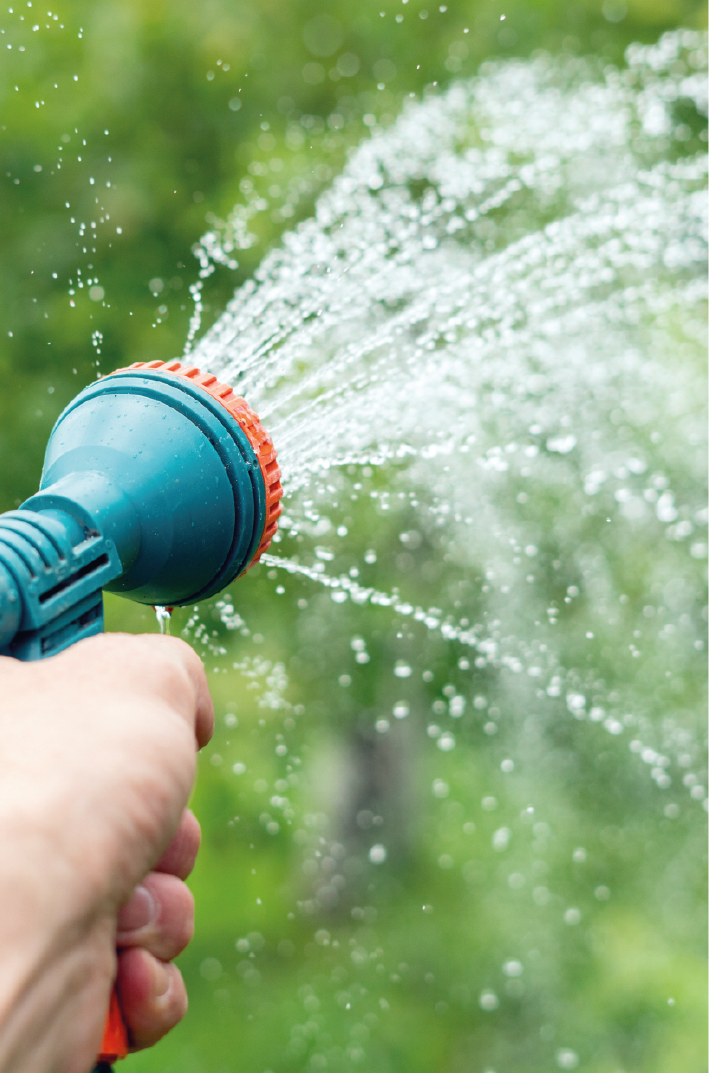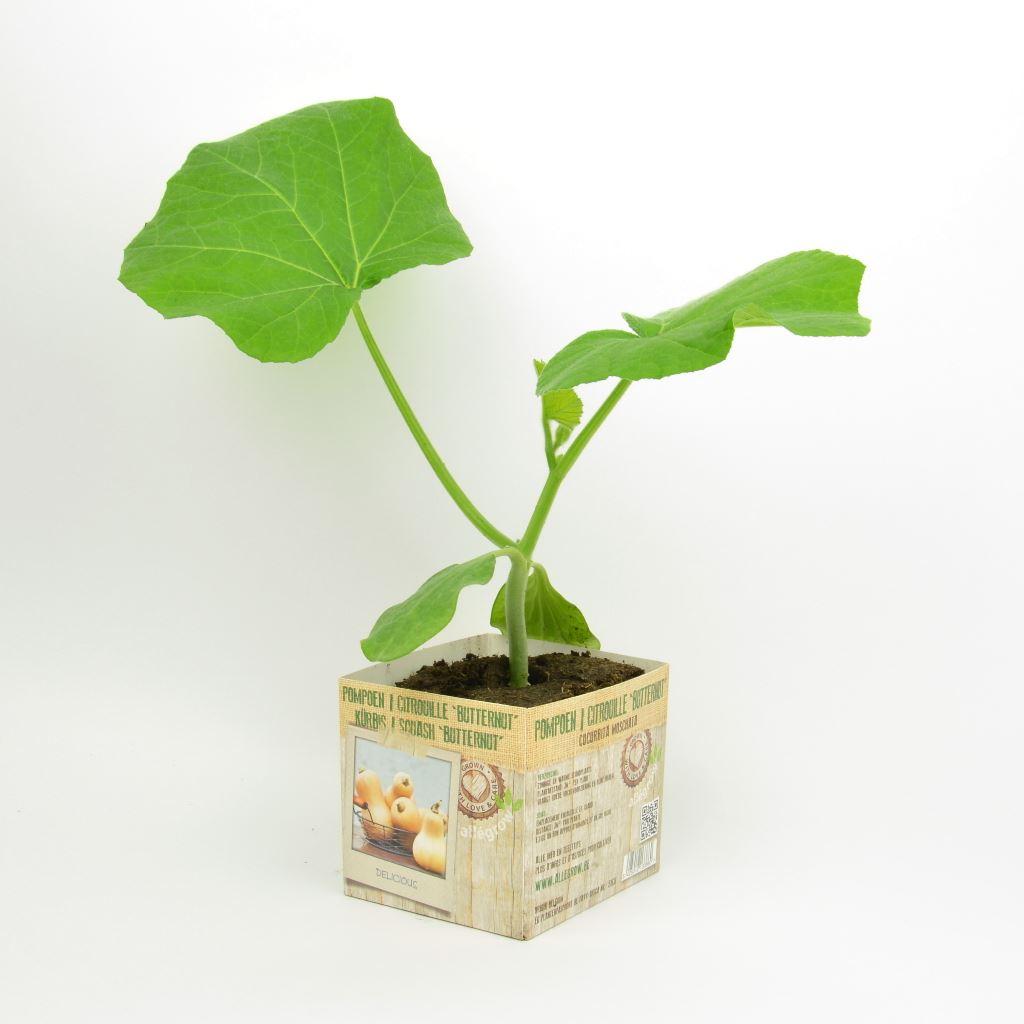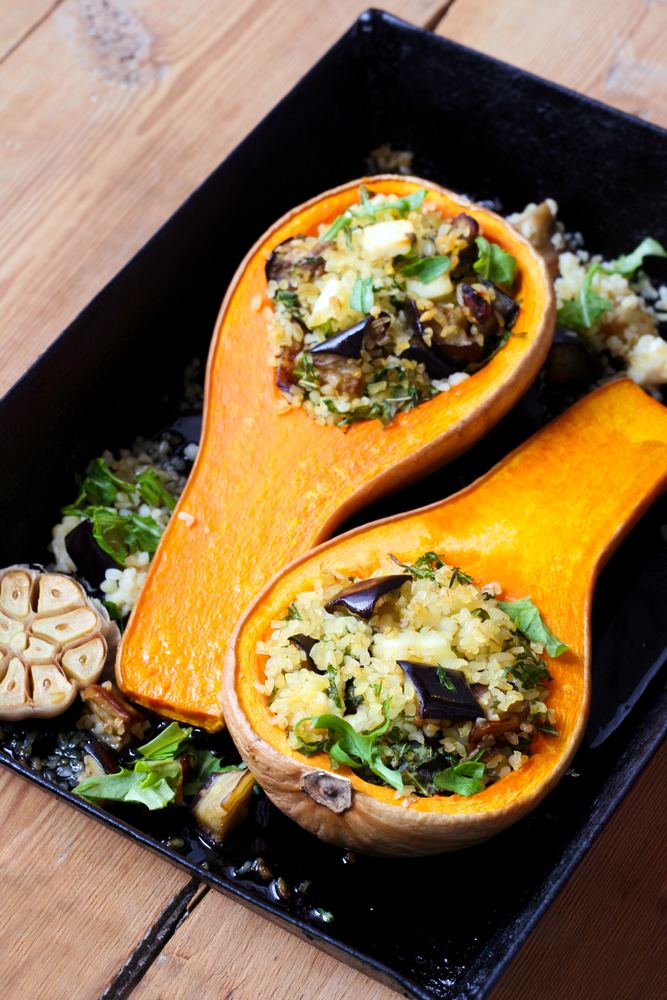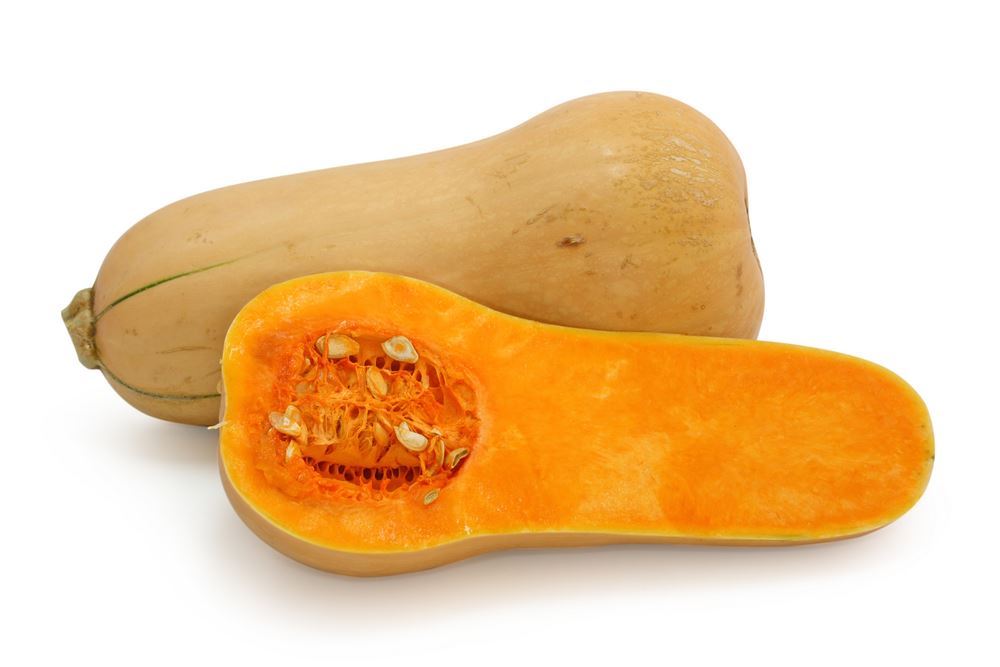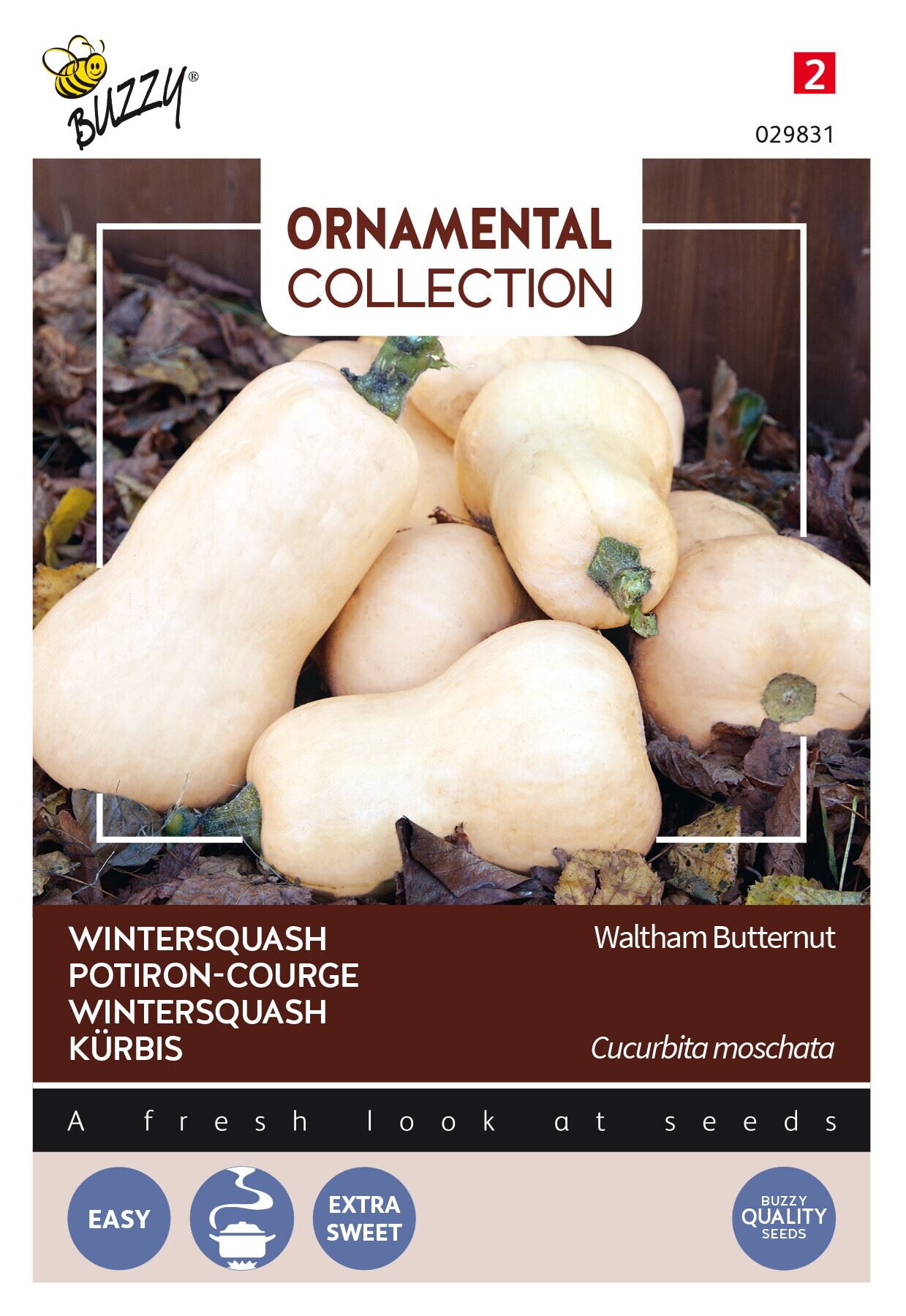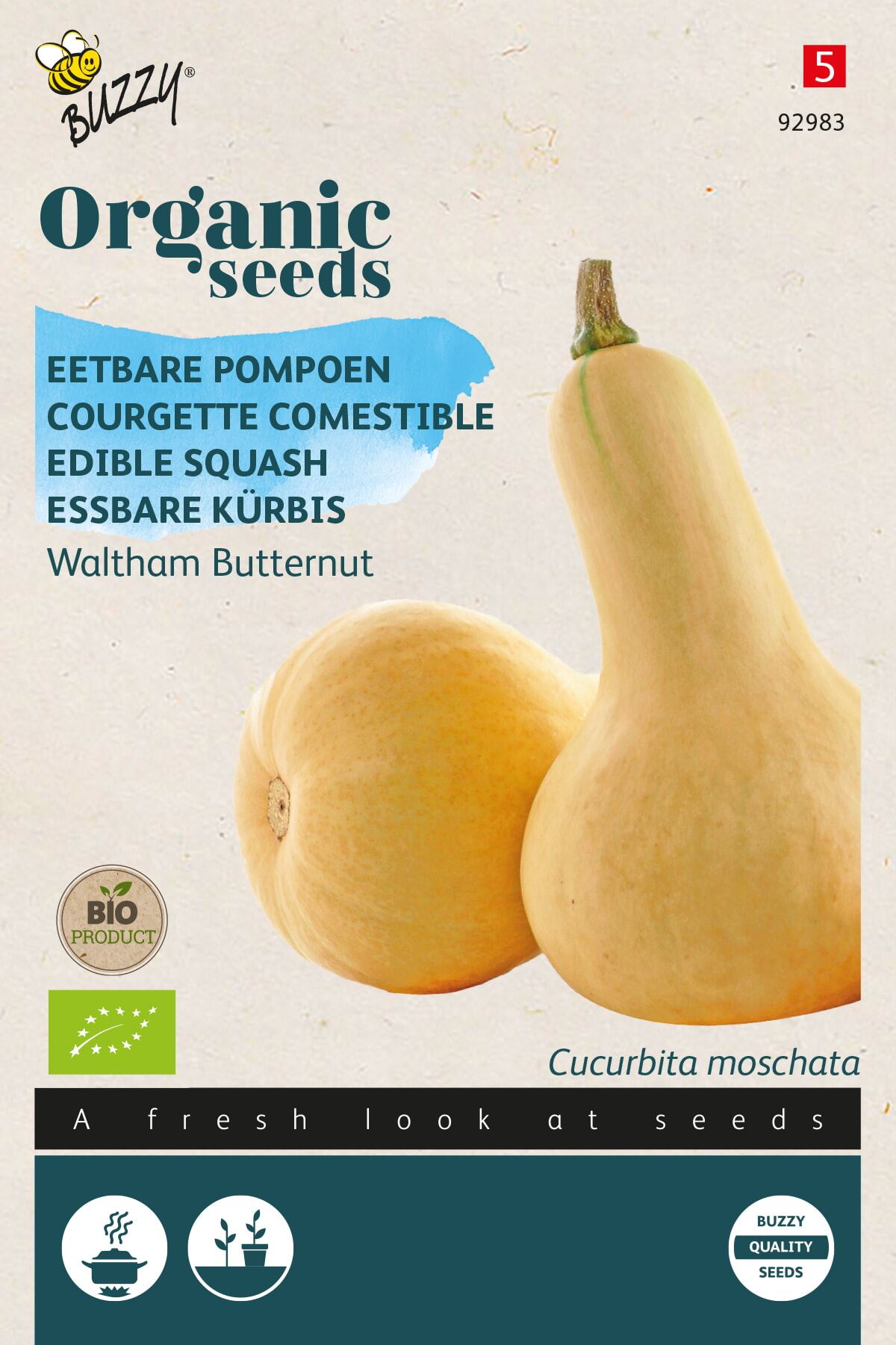Butternut pumpkin - pressing block 10x10 cm
Butternut pompoen
Product information "Butternut pumpkin - pressing block 10x10 cm"
The butternut (bottle pumpkin) is a butternut squash and belongs to the cucumber family. This species, like other pumpkins, is a creeping plant.
The butternut is native to Guatemala and Mexico and is now cultivated in tropical regions worldwide. The fruit has orange fleshy flesh and a sweet nutty flavor. It is often found in Asian and North African cuisine.
CULTIVATION TIPS:
The pumpkin is a plant that is very sensitive to night frost, so definitely do not plant out too early. Normally you can plant outside from mid-May without risk.
Also keep in mind that the plant needs a lot of space. The pumpkin grows best in a sunny environment because it does like heat. For these reasons, planting it on a compost heap is definitely not a bad idea, the heat released from composting is a boon to the pumpkin.
For best results, top the plant as soon as it reaches about 5 feet tall so that it can form side shoots. Keep 2 to 3 side shoots. When the plant has set a number of fruits it is better to remove the ever-rising side shoots so that all the plant's energy can go to the fruits.
Pumpkins need a lot of water, so try to keep the soil moist but not too wet. On very hot days it is advisable to water even twice a day, as the large leaves evaporate enormously.
PROBLEMS AND DISEASES:
The main disease in pumpkins is powdery mildew. This disease can be recognized by the white spots on the leaves. Mildew usually occurs later in the season. The leaves will die but you will suffer virtually no loss of production.
HARVEST AND STORAGE:
Pumpkins really can't stand night frost, so keep an eye on the weather forecast and be sure to harvest before the first autumn night frost. Light frost can already be fatal.
Pumpkins for consumption should be harvested early, pumpkins for decoration can stay on the plant a little longer. If the fruits are too large, they will lose their flavor. The ideal time to harvest pumpkins is late August, early September. A pumpkin is ripe when longitudinal stripes appear on the fruit stem, these stripes appear to be slightly corked.
If you are going to harvest the pumpkin, always leave a stem of about four inches on the pumpkin, this will improve its storability. Harvest pumpkins carefully to avoid damage, and therefore in all likelihood rotting at a later stage. Store pumpkins in a dry, not too cold place. This way you can keep them for up to four months.
The ideal time to harvest butternut is early September, late October (depending on the weather and planting date). A butternut is ripe when its skin turns deep orange and the skin becomes hard. The stem will dry out or become corky.
CULINARY:
The butternut is a fruit that is eaten raw, roasted, mashed or stewed. This pumpkin is also great for soups and curries or as a filling for breads and pastries. The skin and seeds are edible but not widely used
One of the most common ways to prepare this type of pumpkin is to roast it. Cut the pumpkin into thick slices and drizzle them with oil. Place these slices on the grill, with the oil side on the baking sheet.
Product specifications
| Application / use plant: | Unknown - n/a |
|---|---|
| Bloom Month: | July, August |
| Bloom color: | Yellow |
| Branches / bark: | Unknown - n/a |
| Dutch plant name: | Butternut pompoen |
| English plant name: | Butternut squash |
| Flower color - details: | Yellow |
| French plant name: | Courge musquée |
| Frost hardiness - details: | Very bad (-1 till +4°c), usda zone 10 |
| Frost resistance: | Not winter hardy |
| Fruit: | Yellow, White |
| Fruit - details: | Cream yellow, bottle-shaped |
| Full grown plant height: | 40-200 cm - depending on the cultivation method |
| German plant name: | Butternusskürbis |
| Growth habit : | Unknown - n/a |
| Growth habit - details: | Wide spreading, can be tied up |
| Humidity/Soil: | Normal soil |
| Latin plant family: | Cucurbitaceae |
| Leaf / Foliage: | Unknown - n/a |
| Leaf / foliage - details: | Deciduous, green |
| Location: | Halfshadow, Full sun |
| Location - details: | Preferably full sun |
| Minimum growing height (in cm): | 50 |
| Plant characteristic: | Edible (fruit, leaf, flower), Fruit-bearing, Fruit vegetables |
| Plant family: | Cucumber family |
| Winter foliage: | Losing leaf |
| maximal growth height (in cm): | 200 |
| type of crop: | Vegetables |
| type of soil: | Calcareous soil, Clay soil (calcareous), Normal soil |
| type of soil / ground - details: | Any good garden soil |
Pictures of this plant
Reviews
Login

